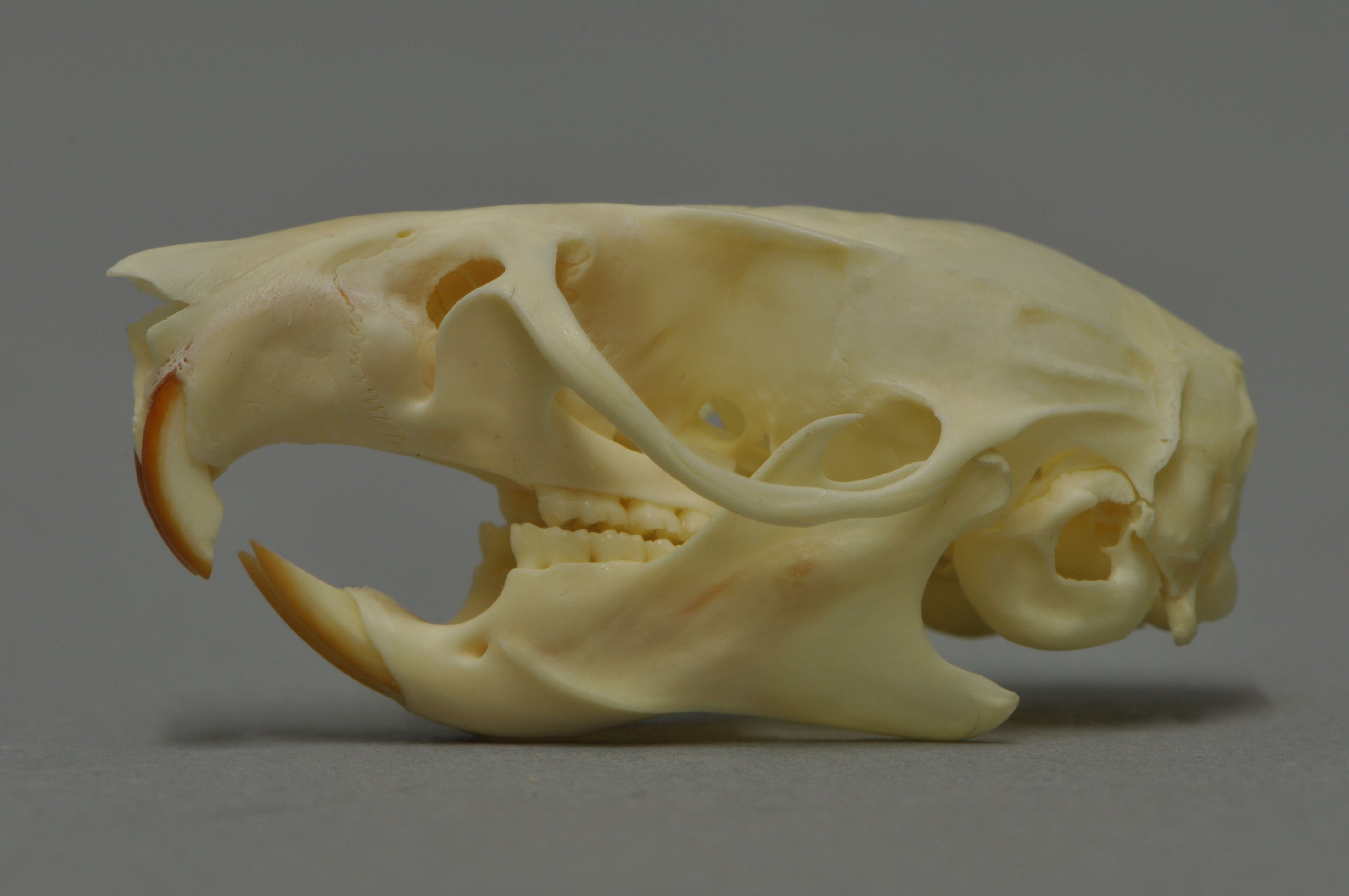|
Mangalavanam Bird Sanctuary
Mangalavanam is an ecologically sensitive area situated at the centre of the Indian city of Kochi, covering about 2.74 hectares. It also houses a shallow tidal lake connected with Kochi backwaters by a canal. It is situated behind the Kerala High Court building. It is a nesting ground for a large variety of migratory birds and supports many types of mangroves. The Managalavanam is often regarded as the "green lung of Kochi", considering its role in keeping the city's air pollution under check. The area is a roosting place for many kinds of resident and migratory birds. Recently the high-rise buildings surrounding the area are curtailing the movement of birds in the sanctuary. The buildings close to the sanctuary interrupt proper orientation, take-off and landings of the birds. They also cause hurdles in the regular movements of the nesting birds in transporting nesting materials. It is also likely to hinder the movement of birds while bringing food materials to the chicks and fl ... [...More Info...] [...Related Items...] OR: [Wikipedia] [Google] [Baidu] |
Kochi
Kochi (), also known as Cochin ( ) ( the official name until 1996) is a major port city on the Malabar Coast of India bordering the Laccadive Sea, which is a part of the Arabian Sea. It is part of the district of Ernakulam in the state of Kerala and is commonly referred to as Ernakulam. Kochi is the most densely populated city in Kerala. As of 2011, it has a corporation limit population of 677,381 within an area of 94.88 km2 and a total urban population of more than of 2.1 million within an area of 440 km2, making it the largest and the most populous metropolitan area in Kerala. Kochi city is also part of the Greater Cochin region and is classified as a Tier-II city by the Government of India. The civic body that governs the city is the Kochi Municipal Corporation, which was constituted in the year 1967, and the statutory bodies that oversee its development are the Greater Cochin Development Authority (GCDA) and the Goshree Islands Development Authority (GID ... [...More Info...] [...Related Items...] OR: [Wikipedia] [Google] [Baidu] |
Common Greenshank
The common greenshank (''Tringa nebularia'') is a wader in the large family Scolopacidae, the typical waders. The genus name ''Tringa'' is the New Latin name given to the green sandpiper by Aldrovandus in 1599 based on Ancient Greek ''trungas'', a thrush-sized, white-rumped, tail-bobbing wading bird mentioned by Aristotle. The specific ''nebularia'' is from Latin ''nebula'' "mist". Like the Norwegian ''Skoddefoll'', this refers to the greenshank's damp marshy habitat. Relatives Its closest relative is the greater yellowlegs, which together with the spotted redshank form a close-knit group. Among them, these three species show all the basic leg and foot colours found in the shanks, demonstrating that this character is paraphyletic. They are also the largest shanks apart from the willet, which is altogether more robustly built. The greater yellowlegs and the common greenshank share a coarse, dark, and fairly crisp breast pattern as well as much black on the shoulders and back in ... [...More Info...] [...Related Items...] OR: [Wikipedia] [Google] [Baidu] |
Duttaphrynus Melanostictus
''Duttaphrynus melanostictus'' is commonly called Asian common toad, Asian black-spined toad, Asian toad, black-spectacled toad, common Sunda toad, and Javanese toad. It is probably a complex of more than one true toad species that is widely distributed in South and Southeast Asia. The species grows to about long. Asian common toads breed during the monsoon, and their tadpoles are black. Young toads may be seen in large numbers after monsoon rains finish. Characteristics The top of the head has several bony ridges, along the edge of the snout (canthal ridge), in front of the eye (preorbital), above the eye (supraorbital), behind the eye (postorbital), and a short one between the eye and ear (orbitotympanic). The snout is short and blunt, and the space between the eyes is broader than the upper eyelid width. The ear drum or tympanum is very distinct and is at least as wide as two-thirds the diameter of the eye. The first finger is often longer than the second and the toes ... [...More Info...] [...Related Items...] OR: [Wikipedia] [Google] [Baidu] |
Limnonectes Limnocharis
Minervarya andamanensis, commonly known as the Andaman frog, chestnut-brown frog, or Andaman wart frog ASW 6.0 is a species of only found in the , India. It has been regarded as a synonym of ''Limnonectes limnocharis'', but is now considered a valid species
In biology, a species is the basic unit of Ta ...
[...More Info...] [...Related Items...] OR: [Wikipedia] [Google] [Baidu] |
Amphibians
Amphibians are four-limbed and ectothermic vertebrates of the class Amphibia. All living amphibians belong to the group Lissamphibia. They inhabit a wide variety of habitats, with most species living within terrestrial, fossorial, arboreal or freshwater aquatic ecosystems. Thus amphibians typically start out as larvae living in water, but some species have developed behavioural adaptations to bypass this. The young generally undergo metamorphosis from larva with gills to an adult air-breathing form with lungs. Amphibians use their skin as a secondary respiratory surface and some small terrestrial salamanders and frogs lack lungs and rely entirely on their skin. They are superficially similar to reptiles like lizards but, along with mammals and birds, reptiles are amniotes and do not require water bodies in which to breed. With their complex reproductive needs and permeable skins, amphibians are often ecological indicators; in recent decades there has been a dramati ... [...More Info...] [...Related Items...] OR: [Wikipedia] [Google] [Baidu] |
Eurasian Otter
The Eurasian otter (''Lutra lutra''), also known as the European otter, Eurasian river otter, common otter, and Old World otter, is a semiaquatic mammal native to Eurasia. The most widely distributed member of the otter subfamily (Lutrinae) of the weasel family (Mustelidae), it is found in the waterways and coasts of Europe, many parts of Asia, and parts of northern Africa. The Eurasian otter has a diet mainly of fish, and is strongly territorial. It is endangered in some parts of its range, but is recovering in others. Description The Eurasian otter is a typical species of the otter subfamily. Brown above and cream below, these long, slender creatures are well-equipped for their aquatic habits. Their bones show osteosclerosis, increasing their density to reduce buoyancy. This otter differs from the North American river otter by its shorter neck, broader visage, the greater space between the ears and its longer tail. However, the Eurasian otter is the only otter in much of it ... [...More Info...] [...Related Items...] OR: [Wikipedia] [Google] [Baidu] |
Bandicota
''Bandicota'' is a genus of rodents from Asia known as the bandicoot rats. Their common name and genus name are derived from the Telugu language word ''pandikokku'' (పందికొక్కు). DNA studies have found the group to be a monophyletic clade sister to the radiation of Molucca and Australian '' Rattus'' species as part of the paraphyletic ''Rattus'' ''sensu lato''. Species *Greater bandicoot rat (''B. indica'') Bechstein, 1800 *Lesser bandicoot rat (''B. bengalensis'') Gray and Hardwicke, 1833 *Savile's bandicoot rat Savile's bandicoot rat (''Bandicota savilei'') is a species of rodent in the family Muridae found in Myanmar, Thailand, and Vietnam Vietnam or Viet Nam ( vi, Việt Nam, ), officially the Socialist Republic of Vietnam,., group="n" is a co ... (''B. savilei'') Thomas, 1916 References Rodent genera Taxa named by John Edward Gray {{Murinae-stub ... [...More Info...] [...Related Items...] OR: [Wikipedia] [Google] [Baidu] |
Black Rat
The black rat (''Rattus rattus''), also known as the roof rat, ship rat, or house rat, is a common long-tailed rodent of the stereotypical rat genus ''Rattus'', in the subfamily Murinae. It likely originated in the Indian subcontinent, but is now found worldwide. The black rat is black to light brown in colour with a lighter underside. It is a generalist omnivore and a serious pest to farmers because it feeds on a wide range of agricultural crops. It is sometimes kept as a pet. In parts of India, it is considered sacred and respected in the Karni Mata Temple in Deshnoke. Taxonomy ''Mus rattus'' was the scientific name proposed by Carl Linnaeus in 1758 for the black rat. Three subspecies were once recognized, but today are considered invalid and are now known to be actually color morphs: *''Rattus rattus rattus'' – roof rat *''Rattus rattus alexandrinus'' – Alexandrine rat *''Rattus rattus frugivorus'' – fruit rat Characteristics A typical adult black rat is long ... [...More Info...] [...Related Items...] OR: [Wikipedia] [Google] [Baidu] |
Funambulus Sublineatus
The Nilgiri striped squirrel (''Funambulus sublineatus'') is a threatened species of rodent, a small squirrel (Sciuridae) from rainforests in the southern Western Ghats, including the Nilgiris, in Peninsular India. It formerly included '' Funambulus obscurus'' from Sri Lanka as a subspecies, at which point the English name of the "combined species" also was dusky striped squirrel (a name now restricted to the Sri Lankan species). Taxonomy ''Funambulus sublineatus'' was scientifically described in 1838. Later it was merged with the Sri Lankan ''obscurus'', then regarded as a subspecies of ''Funambulus sublineatus''. In 2012, a review found that the two were highly distinct and recommended that they should be recognized as separate species.Rajith Dissanayake. 2012The Nilgiri striped squirrel (''Funambulus sublineatus''), and the dusky striped squirrel (''Funambulus obscurus''), two additions to the endemic mammal fauna of India and Sri Lanka. ''Small Mammal Mail.'' Vol 3(2):6-7 ... [...More Info...] [...Related Items...] OR: [Wikipedia] [Google] [Baidu] |
Painted Bat
The painted bat (''Kerivoula picta'') or painted wooly bat is a species of vesper bat in the family Vespertilionidae. It is also known as "butterfly bat" (''projapoti badur''), "rongin chamchika" (coloured bat) or "komola-badami chamchika" (orange-brown bat) in Bengali. Habitat It is found in Bangladesh (in forested areas, especially in Dhaka Division), Brunei, Burma, Cambodia, China, India, Indonesia, Malaysia, Nepal, Sri Lanka, Thailand and Vietnam. It is found in arid woodland and is fairly uncommon but widespread. The bat had been spotted for the last time in Bangladesh in 1888 according to '' The Fauna of British India'' by W.T. Blanford. On Bangladesh Red List published in 2015 by IUCN and the Forest Department of Bangladesh, the bat was described as "data deficient". The species was thought to have been "extinct" before rediscovering it after 133 years in Madhupur National Park Madhupur National Park ( bn, মধুপুর জাতীয় উদ্যা� ... [...More Info...] [...Related Items...] OR: [Wikipedia] [Google] [Baidu] |
Indian Flying Fox
The Indian flying fox (''Pteropus medius'', formerly ''Pteropus giganteus''), also known as the greater Indian fruit bat, is a species of flying fox native to the Indian subcontinent. It is one of the largest bats in the world. It is of interest as a disease vector, as it is capable of transmitting several viruses to humans. It is nocturnal and feeds mainly on ripe fruits, such as mangoes and bananas, and nectar. This species is often regarded as vermin due to its destructive tendencies towards fruit farms, but the benefits of its pollination and seed propagation often outweigh the impacts of its fruit consumption. Taxonomy and phylogeny The Indian flying fox was described as a new species by Dutch zoologist and museum curator Coenraad Jacob Temminck in 1825 who gave it the scientific name ''Pteropus medius''. Confusion over the name has prevailed in the literature as in 1782 Danish zoologist Morten Thrane Brünnich, gave the scientific name ''Vespertilio gigantea'' as a repla ... [...More Info...] [...Related Items...] OR: [Wikipedia] [Google] [Baidu] |
.jpg)

.png)


